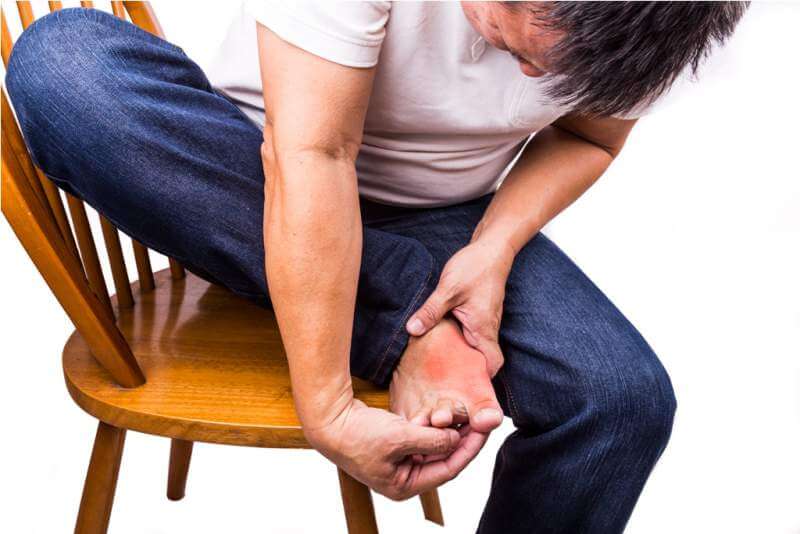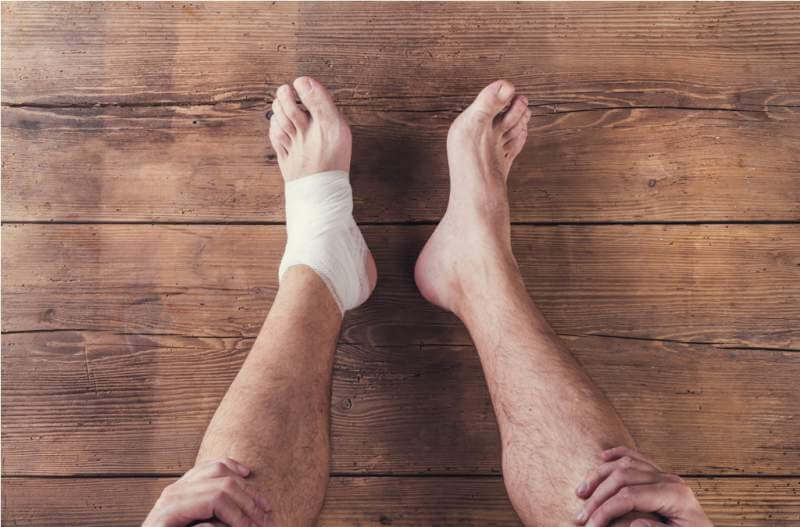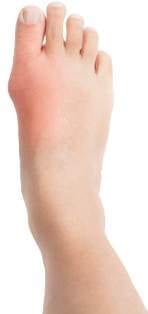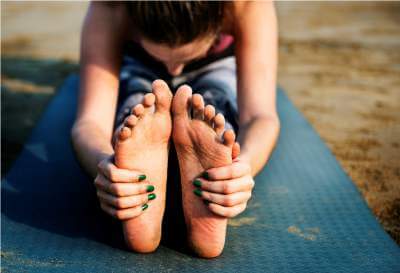Breaking any bone, or damaging tissue in any part of your body can certainly make life a little more difficult. If nothing else, it can be a major inconvenience to adjust to an injury in order to resume normal function. When it comes to your feet, this could be twice as true since they play a vital role in your locomotion. One thing is for sure, despite the annoyance, taking the proper action can help you to heal properly so that you can get back to normalcy.
The Importance of Your Feet

Your foot plays a crucial role in your ability to walk, run, or stand upright. It consists of more than one hundred tendons, ligaments, and muscles. It also contains twenty-six bones and thirty-three joints. Out of those joints, there are twenty that are actively articulated.
When you walk or run the structures of your feet work in harmony with each other to disperse ground contact reaction forces, store them, then return those forces during your next step which reduces the cost of energy. This can also help reduce potential wear and tear on your musculoskeletal system.
If something, like an injury or deformity, is interfering with the intricate makeup of your foot it can cause an imbalance. If left untreated, this could have an impact on other body segments or structures and cause further damage.
Symptoms
If you are unsure about whether or not you have a broken foot there are some warning signs or symptoms that you can look for:
 Swelling
Swelling- Bruising
- Tenderness
- Pain which increases the more active you are and decreases while resting
- Trouble bearing weight or walking
- Deformity
If you are experiencing severe pain, trouble walking, or have a noticeable deformity in your foot or ankle you should seek the advice of your physician to get the appropriate diagnosis and treatment.
What Now?

Dealing with your broken foot may prove to be a daunting task. It is certainly going to require you to make a couple of adjustments so that you can avoid re-injury or further damage to tissue or bone.
There may not be an option to get piggyback rides everywhere you need to go while healing from a foot injury, so you should try to plan around your impaired mobility for the moment. It may sound like a no-brainer, but you should make sure to schedule your day so that you have enough time to get where you are going without rushing. This can help ensure that you aren’t falling or accidentally placing weight down on your foot and doing even more damage.
You may need to immobilize the foot or ankle to properly support the affected area while healing. You can use orthotic aids such as walking boots/shoes or braces to provide the necessary stabilization. Walking boots or shoes for an injured foot can improve your overall mobility and help to reduce pain during recovery by stabilizing, supporting, and immobilizing your foot or ankle.
Exercising Around a Broken Foot

Having a broken bone is definitely no fun, especially when it affects a part of your body that is so important to your ability to move. Despite the fact that your foot is out of order, there still may be some ways for you to get your regular exercise in without risking further injury. Remember that broken bones need to be stabilized in order to heal properly, so you are most likely going to need to get a bit creative here when planning your workouts. You should also consult your doctor to ensure that your exercise during this period does not interfere with the treatment of your foot.
During this time you can focus on upper body exercises so that you are still getting some level of exercise. This can help ensure that you are still getting some level of cardio, and provide you with the peace of mind that you aren’t completely inactive during this period of time.
Performing seated upper body workouts can provide a good workout when dealing with a lower-body injury. You might also find that focusing on this area of your body while you are healing helps add definition in these muscle groups for when you are back on your feet. You can even implement the use of tools such as resistance bands, weighted dumbbells, and/or a medicine ball to increase the difficulty of your workout depending on your level of fitness.
While seated you should be engaging your abs and sitting up tall to maintain good posture. You can also perform these exercises without adding weights in order to get the form down so that you can avoid injuring yourself. Exercises that you can perform from a seated position include:
 Seated punches
Seated punches- Medicine ball exchanges
- Shoulder retractions
- Chest presses with a band
- Chest squeezes with a medicine ball
- Overhead presses alternating arms
- Front raises with tricep extensions
- Lat pulls with a band
- Rear delt squeeze
- Tricep extensions with a medicine ball or band
- Seated rotations for abs
Prevention

Preventing an injury to the foot can be one of the most beneficial things that you do to avoid spending unnecessary time laid up. Don’t underestimate the benefit of a good pair of shoes. Since there are a lot of forces at work on your feet you should always try to make sure that they have the proper support. You can also make a conscious effort to slow down a bit.
Often times people are more likely to sustain injury as a result of rushing and being off balance. Plus, rushing all the time can add unwanted stress which could have an effect on your emotional well-being. If you exercise then you should always practice good form over more weight. A misstep here could easily result in an injury to the foot or ankle. Always pay attention to pain in your body. It can be a good indication that there is something wrong or damaged and may give you the time to address an issue before it results in an injury.

 Swelling
Swelling Seated punches
Seated punches